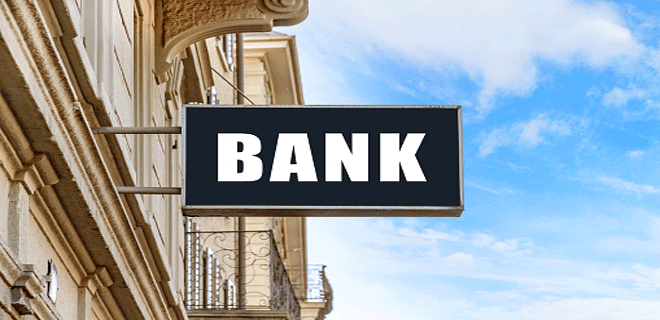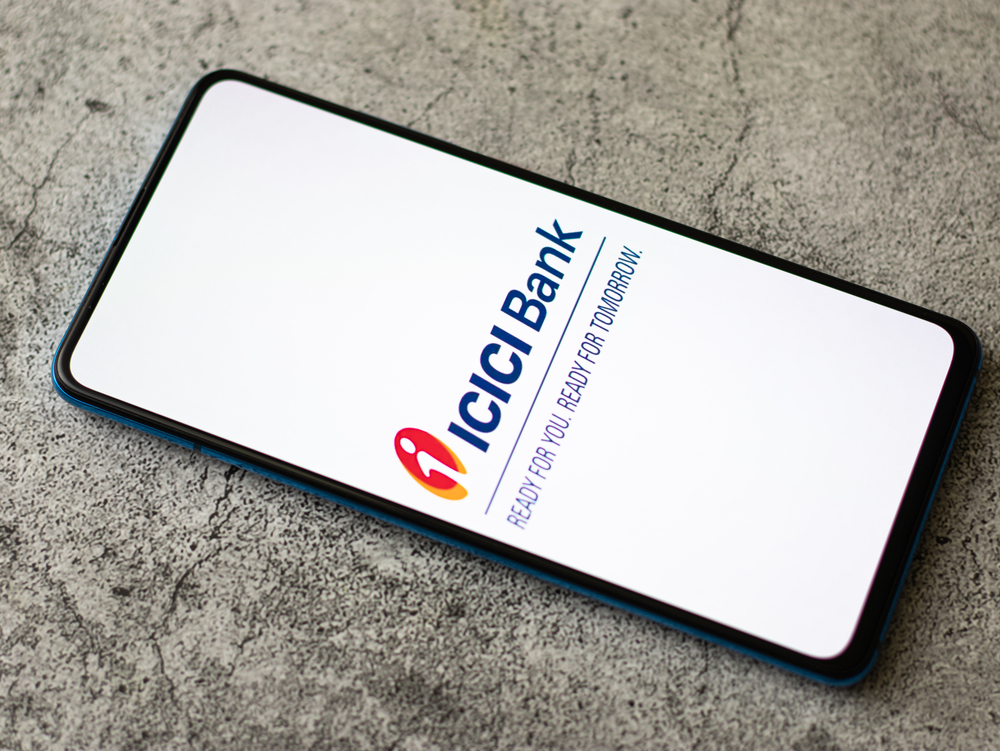SBI: The largest Indian Bank
Edelweiss reports SBI is battling integration challenges which led to softer loan growth

State Bank of India (SBI) is the largest commercial bank in India in terms of assets, deposits, branches, customers, and employees. The size of the balance sheet for the bank is Rs 27 trillion on standalone basis and market cap of more than Rs 2 trillion. It has more than 17,000 branches on standalone basis. Over last two years, the bank has sharpened focus on retail credit to provide itself the necessary growth momentum and improve spreads. Further, to manage its operations better, SBI has integrated its treasury operations and has a common technology platform across all its six subsidiary banks. The bank has well entrenched domestic, international and treasury operations. As on April 01, 2017, the group has an extensive network, with over 24 thousand branches in India and 199 offices in 37 other countries across the world in all time zones. It has a strong network of more than 59 thousand group ATMs and caters to a customer base of more than 50 crore.
For the April-June’17 quarter, SBI posted a soft quarter owing to integration pangs, reflected in the slower revenue momentum, which is a derivative of muted loan growth and significant net interest margins (NIMs) pressure. The revenue momentum will continue to be below trend given merger transition, which will lead to softer core profitability growth.
Revenue momentum softer reflecting merger challenges
Growth during the quarter were lower at two per cent level given IT integration of associate banks and the associates banks’ lending was restricted by and large to retail segment. Growth within the retail segment was driven by personal and auto loan, however some softness was seen in home loan growth, particularly from associate bank; the home loan grew 3.3 per cent whereas e-SBI grew at more than 16 per cent.
The lower loan growth rate was also caused by the redemption of Foreign Currency Non-Resident (Bank) deposits FCNR-B-linked loans, which was leading to less than four per cent YoY growth in international book; excluding this impact, growth in international book would have been more than eight per cent YoY.
In addition to the above is the hit on food credit, which plummeted more than 70 per cent YoY following substitution by small saving scheme and the shift towards commercial paper (CP) and certificate of deposits (CD) market.
Adjusting for these, the growth would have been greater than five per cent YoY. The management expects the loan growth of six to eight per cent. Furthermore, it expects good synergy benefits to play out in terms of operating expenses. There were 1400 overlaps in branches out of which 500 were closed in the fourth quarter of 2017 and non-interest income over period.
Softer loan growth along with NIMs pressure
This was due to various factors including the transition to marginal cost of funds based lending rate (MCLR). Presently, 60 per cent of 89 per cent variable rate lending book is MCLR linked. The downward re-pricing of one-year MCLR-linked loans of last year, which have reduced MCLR 200 basis points (bps) as compared to the repo cut of RBI of 175bps. This coupled with higher interest income reversal and lower CD ratio led to softer loan growth.
The interest income reversal was of Rs 1,355 crore primarily owing to agriculture slippages as few accounts see higher interest income reversal for the period of one to two years.
The management expects some improvement in NIMs of 10 to 15bps given funding cost benefit with lower SA rates and lower interest income reversal. In the short term, the bank expects to trace back to 2.75 to 3 per cent range.
Operating metrics
With respect to power sector exposure, 55 per cent of power exposure is of State and Government Entity, whereas 30 per cent is from better rated corporate and the remaining in watchlist and non-performing loan, so no major pressure expected on this.
The bank has the intention to raise provision coverage ratio (PCR) however has refrained from giving any guidance. Although, the management has alluded that 65 per cent PCR seems difficult.
Asset quality hiccup a merger pang
The higher asset quality pressure with rise in small-ticket non-performing loans (NPLs), which had lower focus on recovery, though corporate slippages were curtailed and largely recognised in 2017 had also added to the woes of softer loan growth rate. During the quarter, slippages spiked to Rs 30,000 crore spurted by 5.4 per cent.
Within small-ticket size loans slippages of Rs 17,900 crore SME contributed 35 per cent, agriculture 40 per cent, home loan 14 per cent, and retail 11 per cent.
The rise in the agriculture slippages was due to impact of farm loan waiver. The management expects Rs 3000 crore agriculture recoveries from Maharashtra, Punjab, and UP.
Within corporate slippages that are restricted at Rs 8,360 crore, 95 per cent were from watch list, with Rs 4,500 crore contributed by one large diversified group account, and Rs 3,780 crore was from mid-corporate segments. The watch list has, consequently, declined to Rs 24,400 crore from Rs 32,400 crore in fiscal 2017. The management expects corporate slippages to be restricted to watch list. The bank has made assessment of watchlist and asserted that there are no changes in the same.
Total outstanding in 12 NCLT accounts is Rs 50,200 crore. The total provision held is Rs 19,900 crore and the incremental provision required on these accounts is Rs 8,570 crore in the current fiscal 2018.
The share for strategic debt restructuring (SDR) isRs 12,800 crore. For S4A Rs 8,120 crore and for the security receipts (SR), it is Rs 10,000 crore.
Revival traction is the key
The bank expects recovery effort to gain traction which will correct the anomaly witnessed this quarter and has given guidance that slippage ratio will decline from 5.4 per cent in the first quarter of 2018 to below 3.3 per cent for 2018 and with credit cost guidance of below 2.25 per cent for 2018. 45 per cent of the provisions will be due to new slippages and 55 per cent will be due to aging.
Overall stress in the gross- NPLs, SDR, and restructured book are at higher than 14 per cent, which is lower than its peers, however still high along with gradual recovery and merger transition is likely to keep credit cost elevated for the upcoming financial years 2018 and 2019. The credit cost is built up to 2.20 per cent and 2 per cent for 2019 and 2020, respectively.
Consequently, the slippages were driven by retail, SME, and agriculture segment, which is more than 60 per cent of slippages as the first quarter is seasonally weak.
Moreover, the recovery efforts were lower given the impending merger; it is believed that NPLs could be substantially reduced as recoveries pick up.
The management is confident of getting back retail, SME, and agriculture NPL back to standalone levels by 2018 and has highlighted that efforts have commenced in July.
Other key highlights
The modified duration for the bank is slightly below four years. The bank has raised Rs 2000 crore of AT-1 bonds at the rate of 8.15 per cent. SBI is not planning for stake sale in any of the subs in the short term, however, will definitely plan in the near-medium term.
60 per cent of the current account and savings account (CASA) is moved out of the bank and 75 per cent of corporate book are above the investment grade. The miscellaneous fee income is largely driven by locker rent, which increased 20 per cent YoY, cash management, and merchant charges.
Out of five associate banks, the managing directors of three banks have already retired and two of them will retire in the current year 2018.
Outlook
The first quarter reflected integration challenges for SBI. Henceforth, the key will be merger transition. Given the scale of transition, recovery trend is expected during merger to be gradual, which will weigh on SBI’s core performance. The merger transition is expected to be gradual, which will restrict return on equity (RoE) to 9 to 10 per cent by 2019 fiscal.
The moves for SBI is that significant and meaningful cost and fees synergy benefits are expected to flow out, which could potentially lead to a positive surprise.
There is no paralleled franchise for SBI given its greater than 20 per cent of current market price reflects stable value of subsidiaries after factoring the recent value discoveries, lower dilution risk given strong capital position, and strong franchise with CASA ratio greater than 43 per cent and is consistently improving. The positive stance is maintained given value discovery in capital market businesses and strong franchise, which positions it to capture economic recovery.
At the current market price of Rs 280, SBI trades at one time its expected earnings of 2019 core price to book value.
Key Risks
The macro-economic risk is the biggest risk for SBI given its size and exposure. Deepening of the geographical penetration by new private sector banks can lead to faster-than expected decline in market share.









